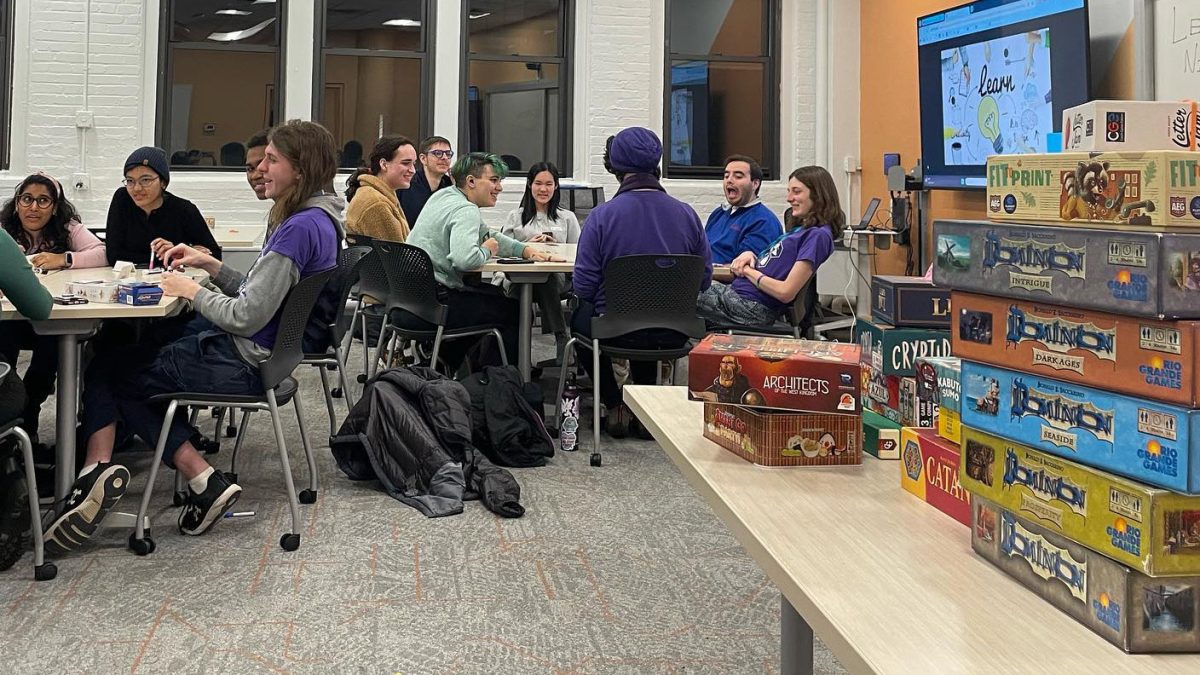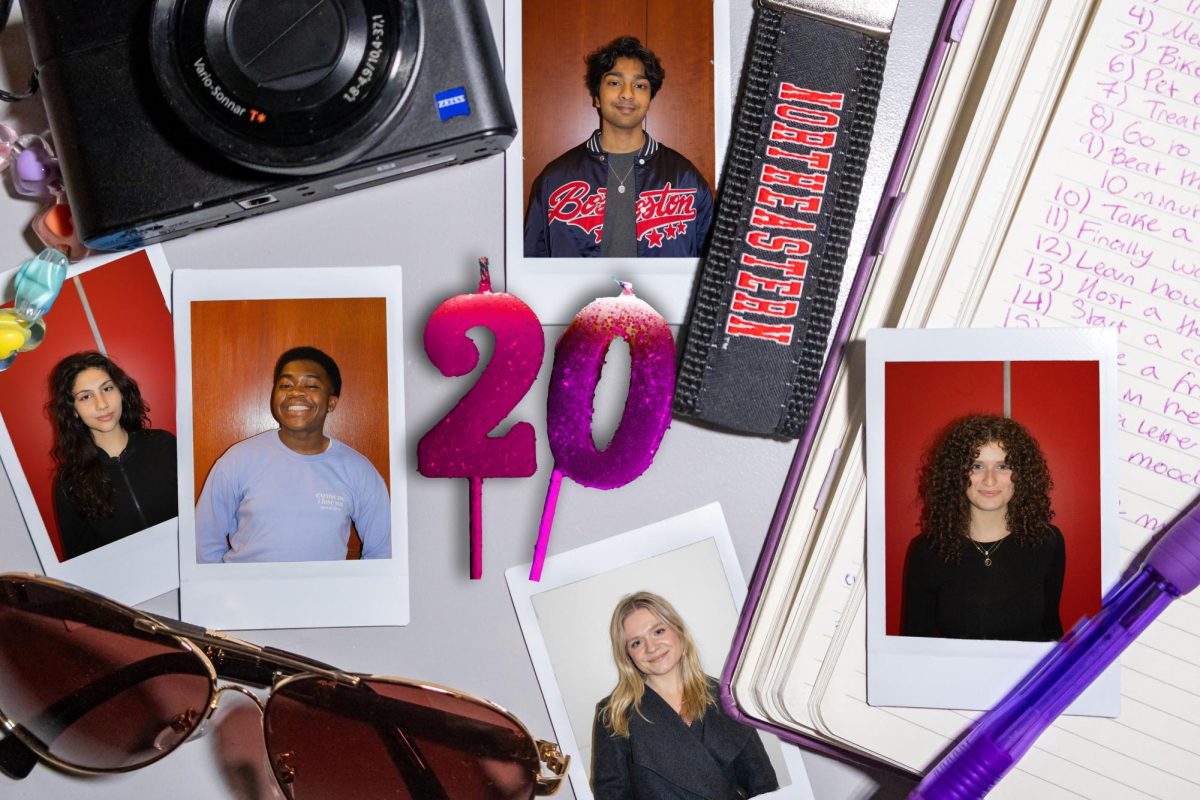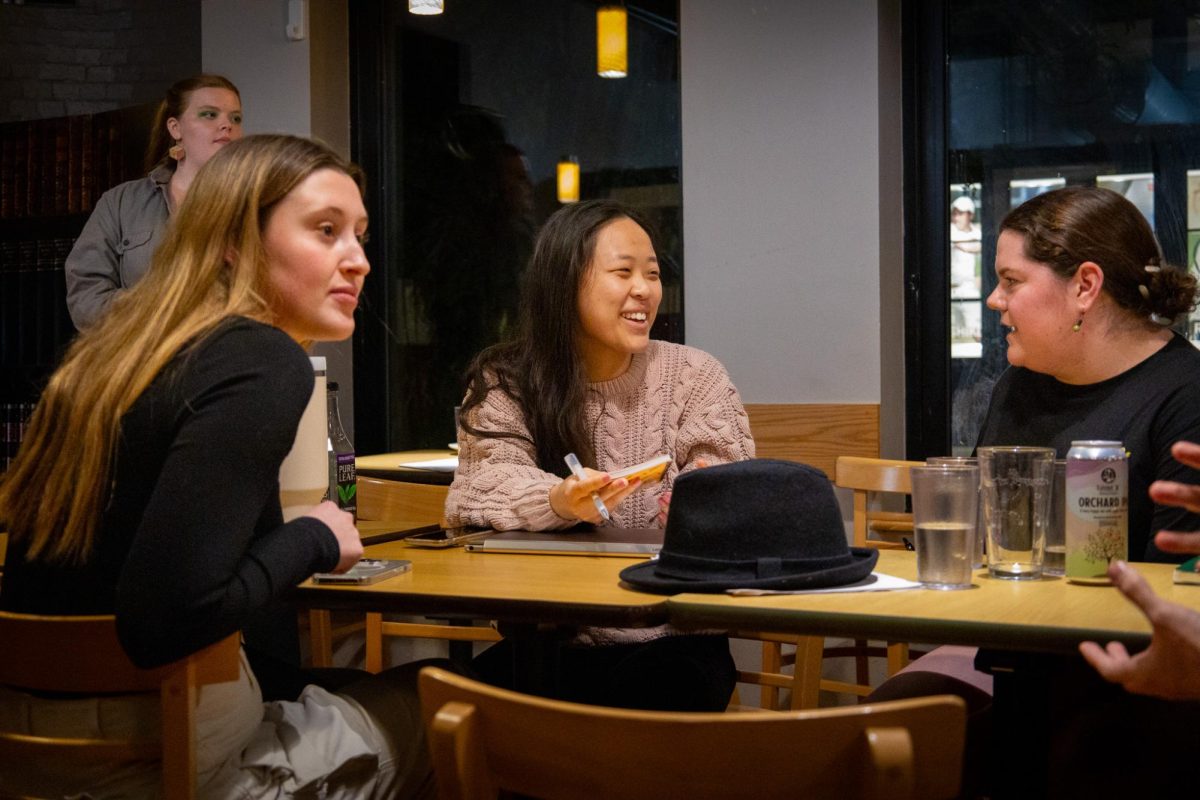The teacher came prepared with his lesson and his pupils listened intently as he filled their minds with an overwhelming amount of knowledge … on hip hop.
After an hour and a half wait in Blackman Auditorium, the ansty crowd was filled with excitement when they saw one of hip hop’s icon’s walk down the isle with a small entourage. Just by looking at KRS-ONE, it is apparent that he is a representation of the “old school” hip hop generation. He was dressed simply in a denim jacket, jeans, boots and a hat. There was no sign of platinum set in his mouth and his wrists and neck were not weighed down with extravagant jewels.
One of these lessons he explained was the nine elements of hip hop. Hip hop consists of break dancing, emceeing (rapping), graffiti art, deejaying, beat boxing (making beats with one’s mouth), street fashion, street language, street knowledge, and street entreprenualism.
He also talked about the problems that are evident in the music enterprise and he set the record straight on a few important issues. The fist issue he clarified is the confusion behind the correct grammatical spelling of the word hip hop. According to him hip hop’s proper spelling is H-i-p-h-o-p. The reason the media has been spelling this word incorrectly is because they fail to realize that it is not a fad or a current trend, but in fact it is a culture.
The wealth of knowledge that is KRS-ONE touched on the origin of the civilization. He said that hip hop was born out of desperation of a people who had no other alternative in life. These people are Generation X, the now twenty- and thritysomethings that were born between 1965-1976. These are the children of those who fought for our country in the Vietnam war and the offspring of the people who marched along side Dr. King in Montgomery, Ala. and sat in at lunch counters in an effort to combat racial inequality.
This now-forgotten generation took innovation to a whole new level. In an effort to alleviate post war stress and racial tension, Gen Xers started transforming the things they already had and started looking around at some of the stuff that they thought was worthless; and started giving it value by treating it as if it had value, according to KRS. This is exactly what Grandmaster Flash did when he thought to fuse a microphone with turntables to make the mixer. The Grandmaster received no patent or royalties for his contribution, but he can rest assured that he made a major contribution to his culture. The instrument that he created is still used in almost all rap music today.
There is much more than sophisticated beats and exclusive producers that separate today’s rap music from that of the past. In KRS’s opinion the major theme that separates these two generations of music is loylty. Back in the day when emcees used to gather in New York City’s outdoor recreational facilities, rapping was looked at as a skill that was often honed. This skill was perfected through practice and originality, as rappers shared an allegiance to each other. They did not imitate each other’s style; repackaging someone else’s creativity as your own was the ultimate sign of disrespect. This unspoken rule went out the door once Sugar Hill Gang’s “Rapper’s Delight” was leaked to radio. Today loylaty is not held in such high regard, as it is hard to see the differences amongst certain rap artists. The motives behind being in this business have changed from artistic expression and have translated into dollar signs.
Arguments have ensued across the nation with the emergence of artists like Eminem and even pop sensationalist Justin Timberlake. It has been said that these two are living off of black culture.
Timberlake explains on hiponline.com, “You know honestly as a kid I can’t really put a finger on why I picked this type of music to influence me you know. It was just something that kind of inspired me. I just, there was something inside of it that I just felt and I felt it a little bit more than anything else.” This proves that hip hop culture is not limited to blacks and that it can cross color lines.
“From the very beginning of hip hop, white people were involved. Poor whites, Latino and blacks, that’s who started hip hop racially,” said KRS.
It’s a rarity to hip hop artists enter academia to speak on their life experience and educate future generations on this genre. Thanks to Hammered, the student organization that offers alternate activities to students who do not drink alcohol. NU students had the opportunity to hear KRS-ONE speak .
“I think he’s a really captivating speaker, he has a good fundamental message,” said Alison Conforti, senior, anthropology and Spanish double major.
Benjamin Peterson, a junior communications major, agrees .”It [the lecture] was very knowledgeable, there were oceans of wisdom. He was very creditable and understanding of reality,” he said.
The powerful speaker left a very pertinent message on the minds of those who filled the auditorium and those who question hip hop’s place in music. He left the audience with one final thought to ponder: “Rap is something we do, hip hop is something we live.”









